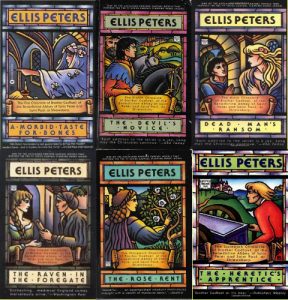Stories have an advantage over real life in one respect: Writers can express what the characters are thinking―at least the primary characters if not all of them. Sometimes this is done through visual clues like expressions, sometimes through dialogue, and sometimes through direct description of thought processes.
This gives characters life. It makes their actions and words understandable. It may make a character more likeable, or less so in the case of an antagonist. And depictions of others’ viewpoints can be educational, showing us ways of thinking outside our own mental “box.”
Moreover, characters’ imaginings can hint at what is to come in the story. And the variance between the thoughts of one character and another helps to show the way a relationship is developing, which is of particular interest in the Romance genre or in a comedy.
Exploring characters’ thoughts takes up much of any tale, even in the bare-bones style of many a thriller or police procedural.
Have you ever found yourself recognizing your own way of thinking in a fictional character? Have you discovered a whole new way to approach a familiar subject?
[Thanks to Pixabay.com/minalsingla104 for the featured image.]



